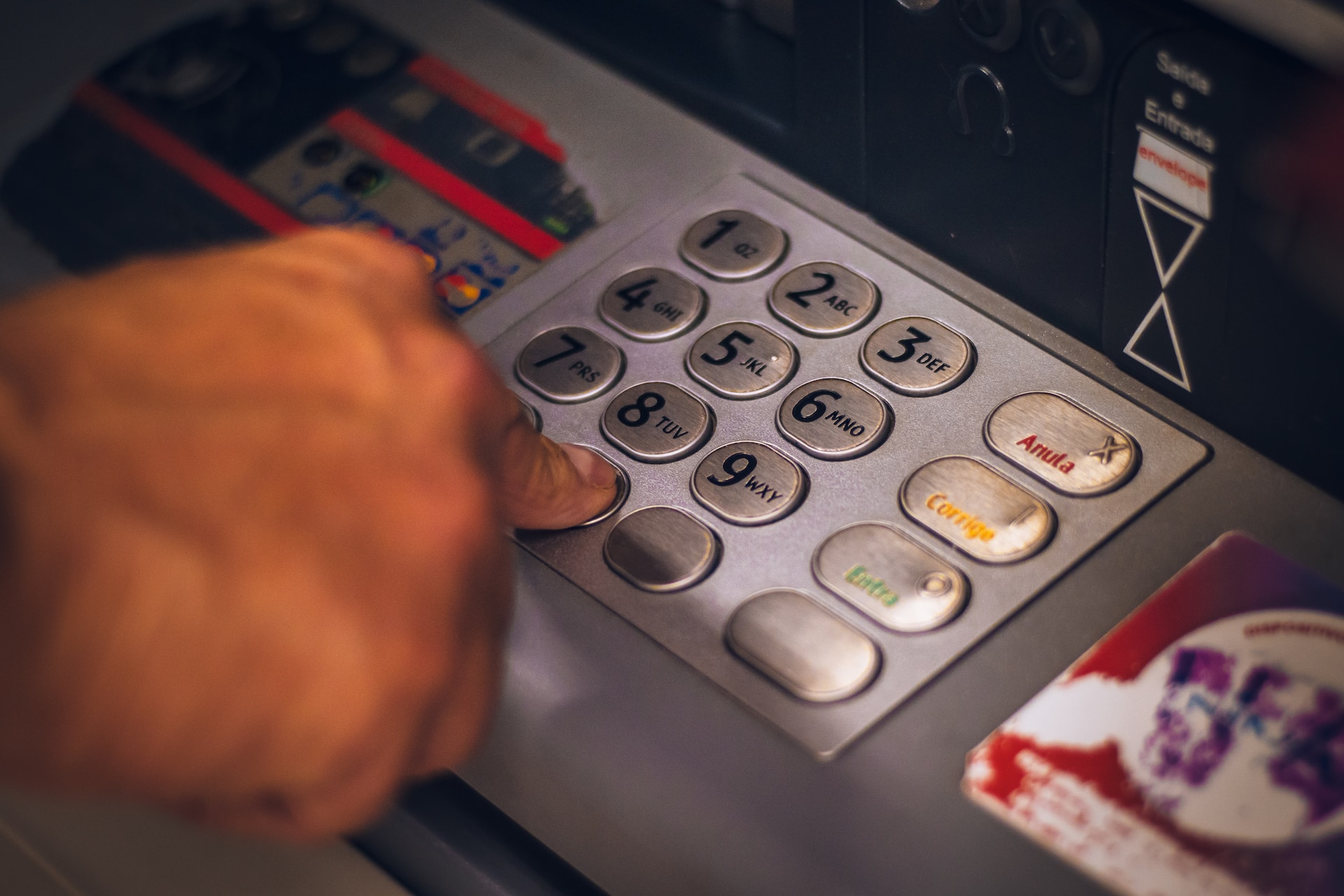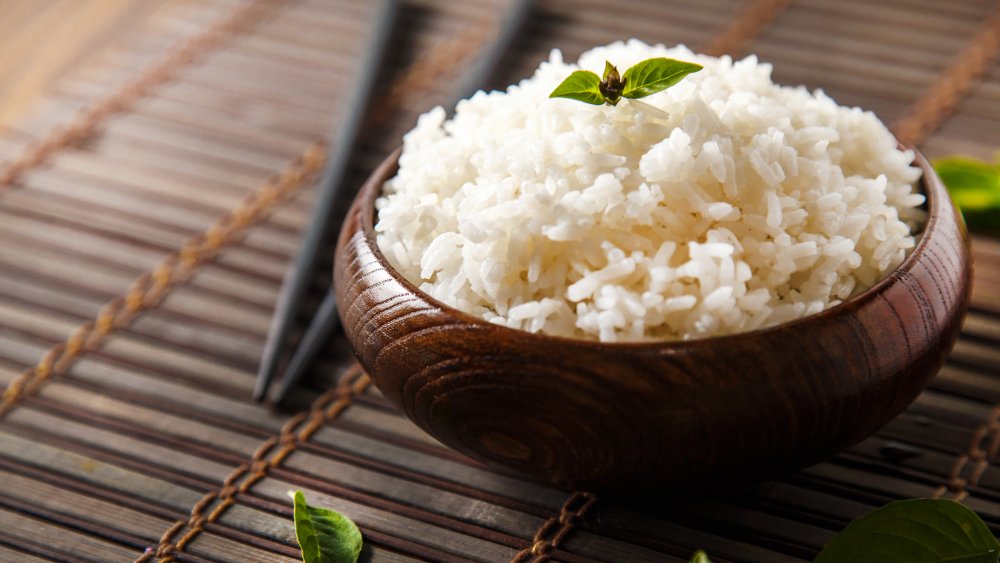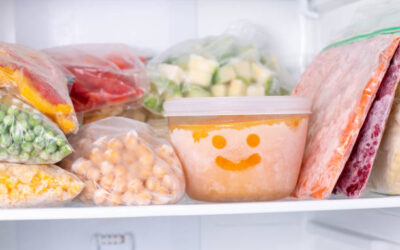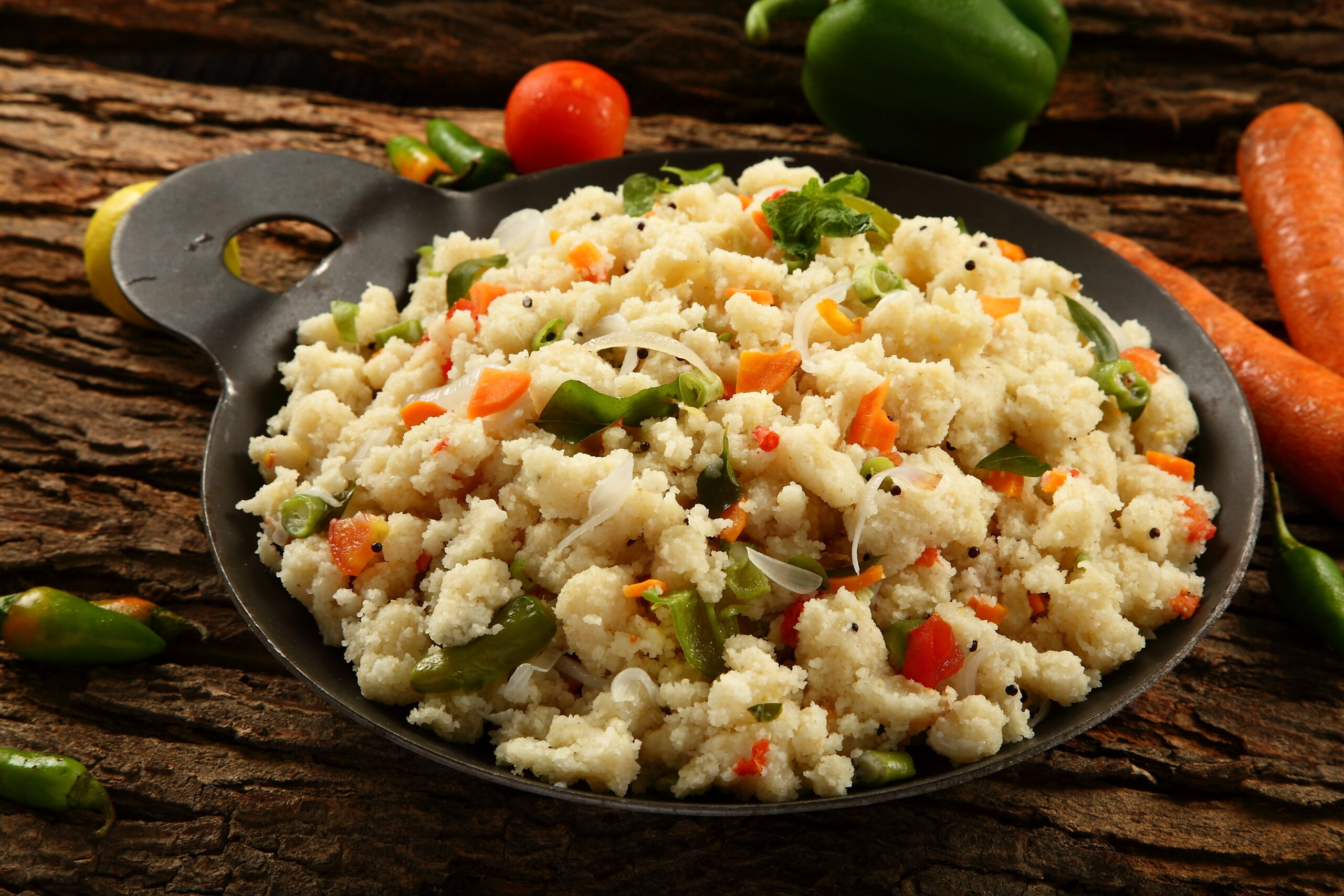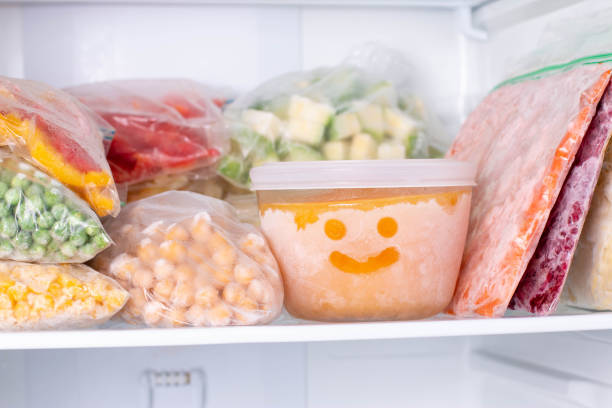Choosing the best materials for your kitchen
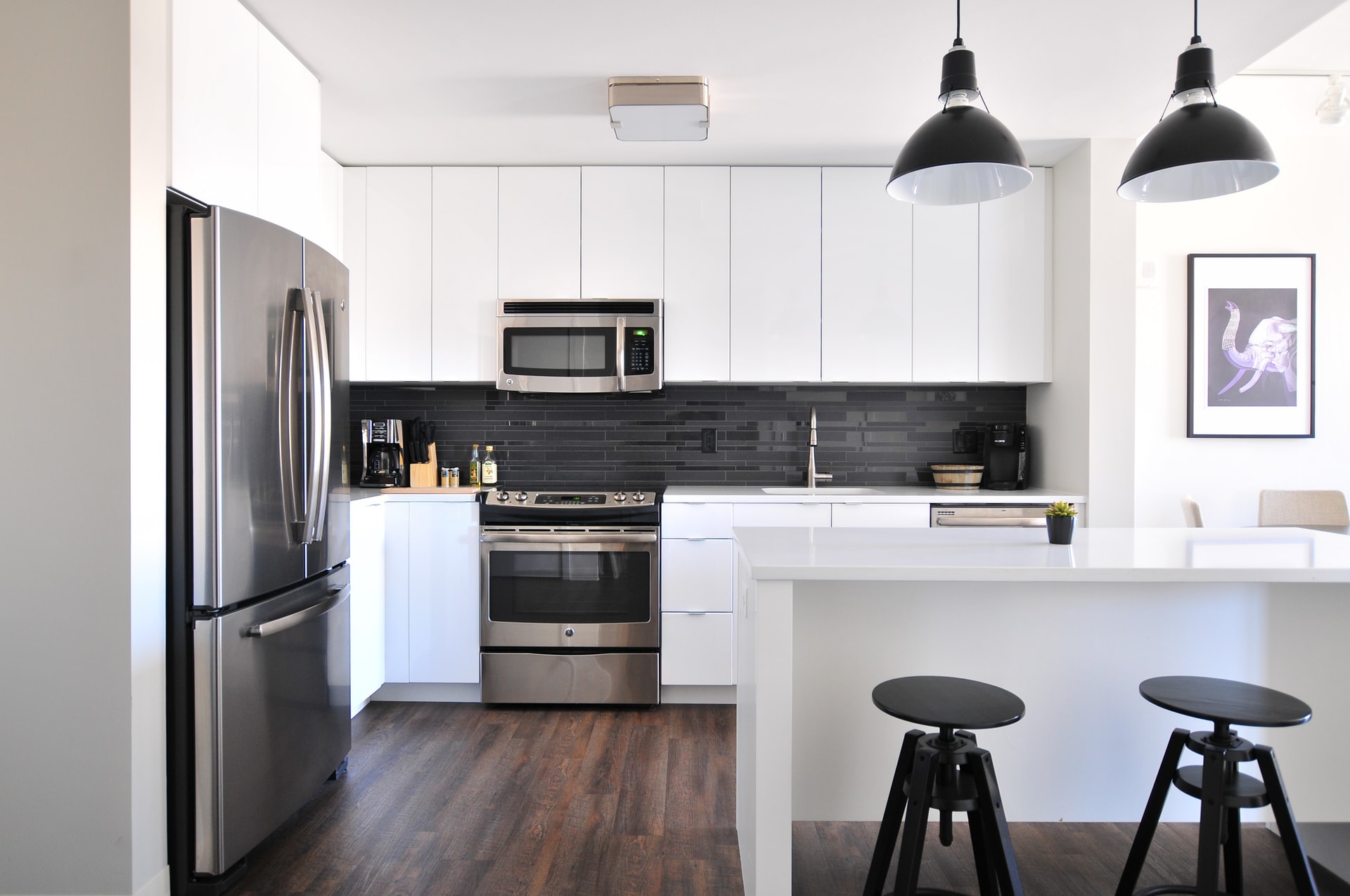
When renovating the family home, there are many things to take into consideration: What’s going to be safe for the kids, what’s within budget, what’s going to last a long time while enduring daily family life?
For the kitchen, there’s plenty going on. Helping the kids with homework, cooking, entertaining, and so much more means finding the right design and material is vital. One major decision to make is which material for your worktops is the best.
Finding the right material type for your worktops is difficult – especially when there are now so many options available. That’s why this guide is going to break down a few different options so that you have a better idea of which might be right for you before you buy.
Granite
Custom cut granite worktops are very popular. They’re highly durable and practical while also adding a luxurious style to the space. Even if your family home is constantly busy and messy, there’s nothing to say you can’t treat yourself to a bit of luxury from time to time.
Granite is a great choice for the family, as the stone is super hygienic and very easy to clean. Hot pans are no competition, either, so you don’t need to worry if you need to pop something down and rush to answer the door or stop the kids from fighting.
The downside to this particular stone is that if it does get damaged, it can’t be repaired easily. They’re also incredibly heavy and need to be resealed at least every two years to maintain them.
Quartz
Quartz is scratch proof which makes it a good choice if you’re worried about damage. It’s low maintenance, and as it is a manufactured stone using waste materials, it’s a much eco-friendlier worktop choice.
Unlike granite, quartz doesn’t need resealing, and it’s highly stain-resistant. However, these worktops are not as good for handling heat and can be quite expensive to install.
Ceramic
Ceramic worktops are becoming quite popular as they are very versatile and hygienic. The material is actually stronger than both granite and quartz, even when creating an extremely thin worktop. All of this means you can create a contemporary and sleek design for your kitchen without losing practicality.
Using ceramic can be a lot cheaper, both upfront and in the long term.
The major downside, of course, is that once it is cracked, it cannot be fixed and will need to be replaced. Ceramic worktops tend to be created with tiling, and grout can quickly look dirty and gather grime.
Laminate
Using high-density chipboard, which is then coated in laminate, is a popular choice for families, as it is cheap and cheerful. You can achieve the same look as real stone for a fraction of the cost. As with laminate, these worktops are easy to keep clean, and spills can be quickly wiped away.
However, unlike stone, laminate can easily be damaged by heavy or sharp objects – meaning they don’t last as long. It’s also much less heat resistant, meaning it’s not recommended that hot pans and trays are directly placed onto the worktop.
There are plenty of other worktop choices to choose from. They’re glass, wood, and even stainless steel. Each has its own pros and cons, but if you’re looking for quality that lasts, your best bet is stone like granite or quartz.



